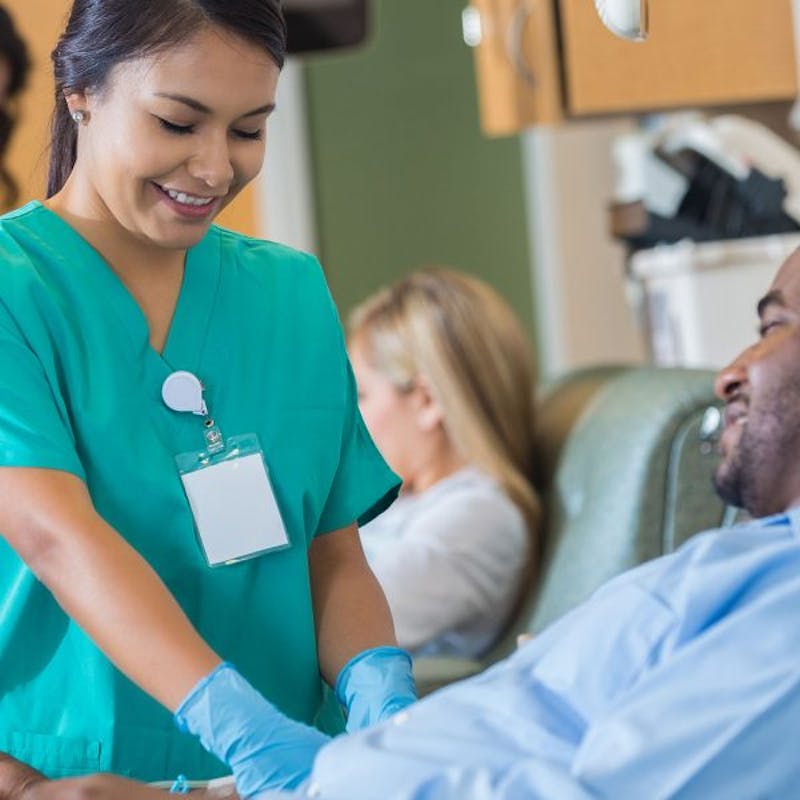
Schedule A Consultation
healing your body for the long run
Contact Us
Stem cells, also known as progenitor cells, are becoming an increasingly popular treatment option for a variety of injuries. These cells have the ability to differentiate into other types of cells depending on the specific tissue that is injured. Progenitor cells have the ability to create new cartilage cells, bone cells, muscle cells, connective tissue cells, fat cells, and more. This ability allows tissues to maintain the same strength, function, and form as the original tissue before the injury.
What Types of Stem Cell Therapies are Available?
There are two main types of treatment options: autologous stem cell therapy and allogenic stem cell therapy. These two options differ based on which individual the cells are derived from. Whether the cells are autologous or allogenic, they are all derived in the same manner.
Most of the time, these cells are gathered from bone marrow. Bone marrow is found inside many of the bones in the body, including the ribs, hip bones, sternum, femur bones, and humerus bones. In order to be used for treatments, this bone marrow has to be extracted, or aspirated.
The extraction process is minimally invasive and can be performed using only a needle, which is inserted directly into the bone marrow cavity. In most cases, the patient is not even required to be sedated, and a local anesthetic is sufficient to make the process much more comfortable for the patient.
One of the most common locations for bone marrow aspiration is the iliac crest on the top of the hip bone. After the marrow is extracted, it is placed in a centrifuge. This machine allows the various components to be separated from one another, and the stem cells are able to be isolated from the rest of the mixture so that they can be injected into damaged tissues.
What is the Difference between Autologous and Allogenic?
These treatment options differ in whether the cells are taken from the patient themselves or from an outside source. Both of these stem cell options have their own benefits and contraindications.
Autologous Stem Cell Therapy
Autologous means that the cells are derived from the same individual that they are going to be used for.
Pros:
Since autologous cells are derived from a patient’s own body, they do not have to worry about any compatibility issues. Inserting these cells into damaged tissues ensures that they will not try to destroy the healthy cells in the body since the antibodies are the same in both the cells and the individual.
A negative interaction is known as graft-versus-host disease. The lack of this destruction prevents the need for immunosuppressant drugs to be used. Because these cells come from the patient themselves, they are also readily available and can be obtained at any time.
Cons:
On the off chance that some of the cells are contaminated with bacteria or infected, injecting these cells into damaged tissues can cause even more issues. Another problem that can occur is the cells being weaker. This is more common in older individuals or those with weaker immune systems and can lead to less effective treatment results.
Allogenic Stem Cell Therapy
Allogenic cells are those that come from an outside donor. One example of an allogenic tissue is AmnioFix. AmnioFix is a sheet of tissue composed of cells derived from the stem cell-containing amniotic sac contained by the uterus during pregnancy.
Pros:
Allogenic cells come from an outside party, and they are only derived from healthy individuals with strong immune systems. This can allow these cells to be highly effective in regenerating tissues and provide a strong response. While ensuring donor-recipient compatibility is important, issues relating to this can be reduced by having close relatives donate or by running DNA tests on donor samples.
Cons:
While these tissues can have very high regenerative capacity, the fact they are generated from another source could result in compatibility issues. It is critical that the donor have compatible DNA to the recipient. If there are any compatibility issues, graft-versus-host disease can occur, resulting in many health problems due to the killing of healthy cells.
Just recently, 12 individuals who underwent allogenic stem cell injections were hospitalized due to infections caused by the injected cells being contaminated with bacteria. These cells were not FDA-approved, reinforcing the need to ensure your allogenic cells are derived from a trusted source.
Stem Cell Therapies as a Whole
Both autologous and allogenic stem cell treatments have their own benefits and shortcomings, but both provide great therapy options that can be beneficial for a wide range of injuries. The regenerative capacities of these cells, along with their ability to recruit other cells to the affected area, make them a minimally invasive option that can help to restore function to damaged tissues.
https://www.ncbi.nlm.nih.gov/books/NBK12844/
http://getbacktogo.com/amniofix-
https://www.cnn.com/2018/12/20/health/infections-f…
https://www.fredhutch.org/en/patient-care/treatments/blood-marrow-transplant.html